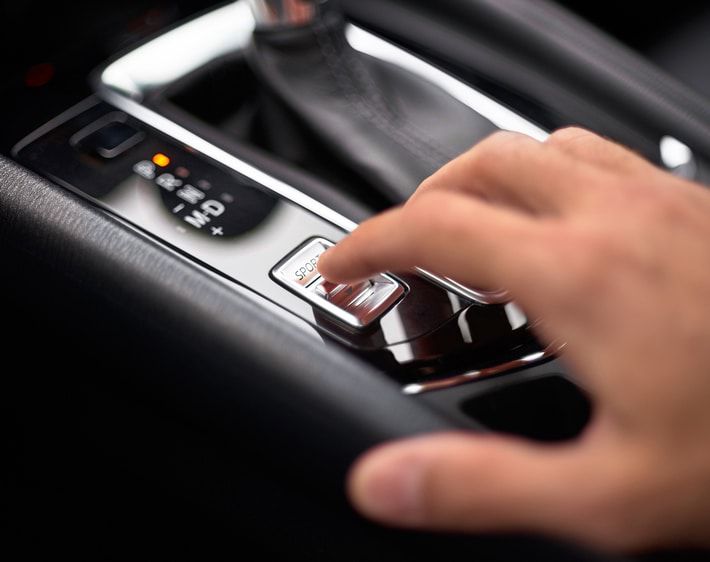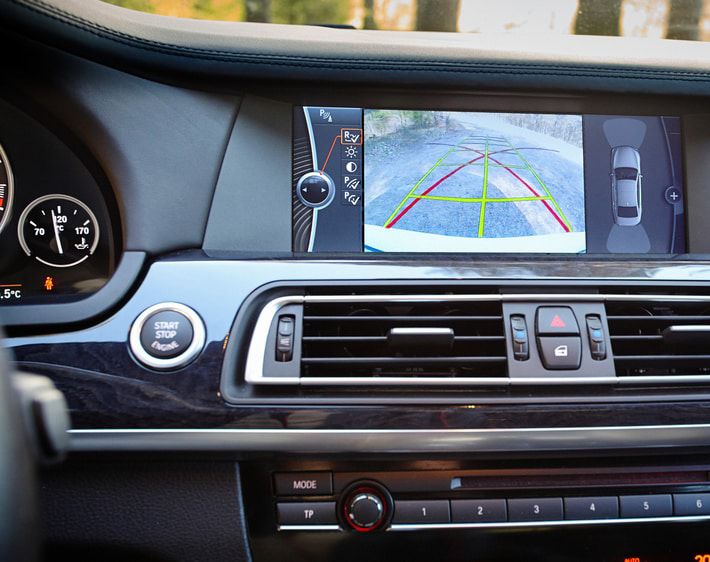These days, many cars have a range of different "modes" to help you customize your driving experience. For example, some vehicles have an "ECO" mode button, others have a "SPORT" button, and many have both. Sport mode is becoming increasingly common, even in non-sports cars. Does your ride have this feature? Learn what sport mode is, how it works, and when you should (or shouldn't) use it.
What is Sport Mode?
Put simply, activating sport mode — which, depending upon the vehicle, requires nothing more than pressing a button or twisting a dial — adjusts performance in crucial areas such as:
- The engine, which gains a more “sensitive” throttle that increases acceleration responsiveness
- The transmission, which allows the vehicle to extend its automatic shift points and increase its revving capacity
- The suspension, which tightens up for a stiffer ride making it ideal for drivers on paved surfaces and speedy interstates
If that sounds like it adds up to a lot of fun on the road, you're right! But that's not to say activating sport mode doesn't come with some drawbacks.
Here are four things you need to know about sport mode — good and bad — to help you decide when to activate sport mode on your current car or whether to purchase a new vehicle with the feature.
Which Cars Typically Come with Sport Mode
Once reserved for high-end automobiles, you can find sport mode on a wide array of vehicles: from minivans and trucks to SUVs and, yes, sports cars. Each of them may deliver relatively subtle performance variations when sport mode is activated. The result, however, is essentially the same: a more responsive ride.
Why Sport Mode is Becoming More Common
In a crowded and competitive automotive market, anything manufacturers can do to make their models stand out is a plus. Since sport mode is described variously as "thrilling," "fun," and "awesome," many manufacturers are hopping on the sporty bandwagon to draw customers away from the competition.
What's the Downside of Sport Mode
Although the benefits of sport mode offer exciting performance enhancements, they mask a downside that accompanies the increase in engine power: a potential decrease in gas mileage.
Additionally, using sport mode extensively may cause accelerated engine and tire wear in comparison to "traditional" mode.
Of course, safety needs to be paramount regardless if you are driving in the sport mode or any other mode.
How to Get the Most Out of Sport Mode
For the best performance with and without sport mode, your car needs to be adequately equipped. That being said, driving in sport mode on the wrong tires or worn tires is like training for a marathon while wearing flip-flops: you'll never achieve the best performance possible without changing that one critical element.
Tires developed for sport performance, like Bridgestone Potenza tires and Firestone Firehawk tires, are specially engineered with a tread pattern, shoulder stiffness, grip, and more that provide the handling, traction, and responsiveness required to get the most out of sport mode whether you're sticking to the streets or challenging yourself on the track.
Be a Good Sport
As sedans, SUVs, and even minivans get sportier features — drivers have to make sure their tires are up to the task! Take your vehicle's sport mode to the next level with the right performance tires for your car. The pros at your local Firestone Complete Auto Care can help ensure you make the right choice.



